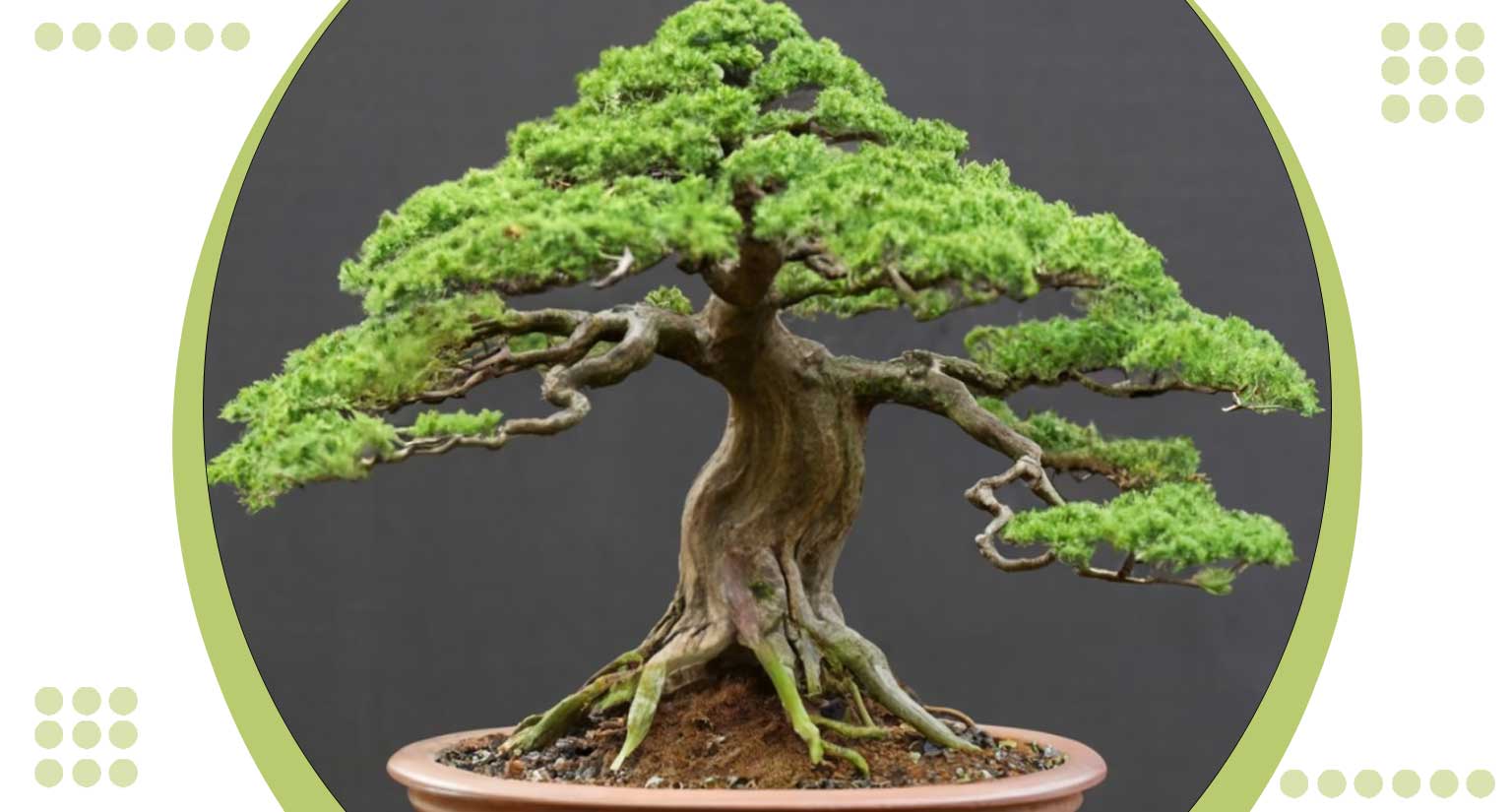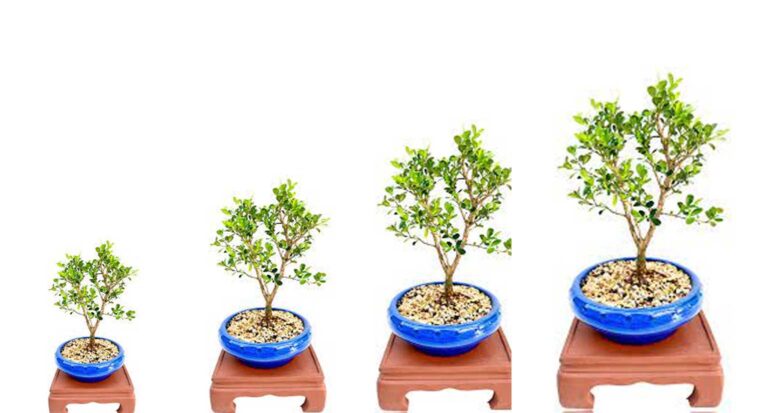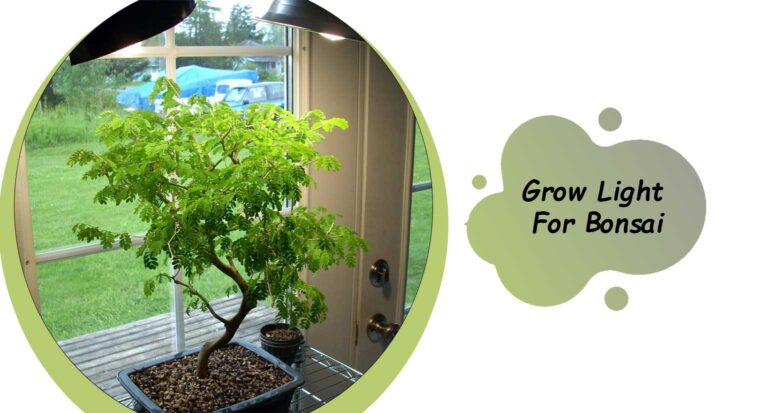What is the Concept of Bonsai? 10 Fascinating Facts About Bonsai
Bonsai, an ancient Japanese art form, encapsulates the beauty of nature in miniature. This intricate practice involves cultivating and nurturing small trees or shrubs, meticulously shaping them to mimic the appearance of their full sized counterparts.
The concept of bonsai extends far beyond mere horticulture, it embodies harmony, patience and respect for the natural world. Bonsai enthusiasts immerse themselves in a world where artistry meets nature, discovering a serene oasis of tranquility. What is the concept of bonsai?
Each bonsai tree is meticulously cared for, with techniques like pruning and wiring used to create balanced, harmonious compositions. Exploring the concept of bonsai reveals not just a horticultural art form, but a philosophy that fosters tranquility and connection with the natural world.
Beyond its visual appeal, bonsai holds profound cultural and philosophical meanings. In Japanese culture, bonsai is revered as an art form that embodies principles such as patience, balance and simplicity. It’s not uncommon for bonsai practitioners, known as bonsai artists, to spend decades refining their craft, continuously shaping and nurturing their trees to reflect their vision and artistic expression.
It invites contemplation on the passage of time, the beauty of imperfection and the interconnectedness between humans and the natural world. For enthusiasts and collectors alike, bonsai represents a journey of discovery and a profound appreciation for the intricate beauty found in nature’s smallest landscapes.
Why Is It Called Bonsai?
The term bonsai originates from the Japanese language, where bon translates to tray or pot and sai means planted or to plant. However, the concept of cultivating miniature trees in containers has roots that extend beyond Japan and delve into ancient Chinese horticultural practices.
Initially, bonsai was known in China as penzai, which also referred to the art of growing and shaping miniature trees. Chinese scholars and artists cultivated penzai as early as the Tang Dynasty (618–907 AD), primarily for ornamental purposes and as symbols of wealth and prestige.
During the Heian period (794–1185 AD) in Japan, Japanese monks studying in China brought back penzai along with Buddhist teachings and cultural practices. Over time, Japanese artisans began refining and adapting the art form, eventually giving rise to what we now know as bonsai.
The term bonsai itself emerged in Japan during the Muromachi period (1336–1573 AD) and gained popularity during the Edo period (1603–1868 AD). It became the preferred term to describe the practice of growing miniature trees in containers, distinguishing it from the broader category of penzai.
The adoption of the term bonsai reflected Japan’s cultural and linguistic evolution, as well as its unique interpretation and refinement of the art form. While bonsai shares similarities with penzai and other miniature tree traditions from around the world, it has developed its own distinct aesthetic principles, techniques and cultural significance.
Today, the term bonsai is internationally recognized and synonymous with the meticulous art of cultivating miniature trees. It embodies centuries of tradition, craftsmanship and reverence for nature, captivating enthusiasts worldwide with its timeless beauty and profound symbolism.
In essence, the term bonsai encapsulates the essence of this ancient art form, reflecting the Japanese reverence for nature, harmony and the beauty of the miniature world cultivated in a tray or pot.
The Concept of a Bonsai Tree
The concept of a bonsai tree is a multifaceted blend of art, horticulture and cultural tradition. At its essence, a bonsai tree is more than just a miniature plant, it is a living sculpture that embodies the beauty and harmony of nature in a compact form.
Bonsai trees are meticulously cultivated to mimic the appearance of mature trees found in nature, but on a much smaller scale. The process involves careful pruning, wiring and shaping to achieve the desired aesthetic effect while maintaining the tree’s health and vitality.
Each bonsai tree tells a story, reflecting the vision and creativity of its caretaker. Whether inspired by rugged mountain landscapes, serene woodlands or tranquil seaside vistas, bonsai trees invite viewers to contemplate the beauty and complexity of the natural world on a miniature scale.
The concept of a bonsai tree extends beyond mere aesthetics, it embodies cultural values and philosophical ideals. In Japanese culture, bonsai is revered as a symbol of harmony, patience and reverence for the natural world. It reflects principles of Zen Buddhism, emphasizing mindfulness, simplicity and the transient nature of life.
In essence, the concept of a bonsai tree encapsulates the artistry, craftsmanship and spiritual depth inherent in this ancient practice. Through the careful cultivation of these living artworks, bonsai enthusiasts find not only aesthetic pleasure but also a profound connection to nature and the timeless wisdom of centuries old traditions.
10 Fascinating Facts About Bonsai
Bonsai, a centuries old art form originating in East Asia, showcases trees and shrubs meticulously cultivated in containers to mimic the scale and shape of full sized counterparts. Each bonsai tree requires careful pruning, wiring and shaping to achieve its miniature form, often taking years of dedicated care.
The art of bonsai isn’t just about aesthetics, it embodies cultural significance, with techniques passed down through generations. Bonsai trees symbolize harmony, patience and balance, reflecting principles deeply rooted in Japanese and Chinese traditions. Beyond its artistic appeal, bonsai cultivation fosters mindfulness and a connection to nature, making it a cherished practice worldwide.
Ancient Origins
Bonsai, originating from China over a thousand years ago, was initially known as penzai. It was later refined and popularized by Japanese artisans, who coined the term bonsai, meaning planted in a container.
Art of Miniaturization
Bonsai is the art of growing and shaping miniature trees or shrubs in containers. These trees are meticulously pruned, wired and shaped to mimic the appearance of full sized trees found in nature.
Symbolism and Meaning
In Japanese culture, bonsai symbolizes harmony, balance and the transient nature of life. It is often associated with Zen Buddhism and reflects principles of mindfulness, simplicity and inner peace.
Cultural Significance
Bonsai holds profound cultural significance in Japan, where it is revered as a symbol of patience, discipline and respect for nature. Bonsai trees are often passed down through generations as cherished family heirlooms.
Variety of Species
While many people associate bonsai with traditional Japanese species like pine and maple, a wide variety of tree species can be cultivated as bonsai. From junipers and ficus to flowering trees like cherry and azalea, the possibilities are endless.
Longevity
With proper care, bonsai trees can live for decades or even centuries. Some of the oldest bonsai trees in the world are over 800 years old, showcasing the enduring beauty and resilience of these living artworks.
Seasonal Care
Bonsai trees require special care throughout the year to thrive. This includes regular pruning to maintain shape, repotting to refresh soil and root health and adjustments in watering and fertilization based on the season.
Artistic Styles
Bonsai comes in various artistic styles, each with its own characteristics and techniques. From formal upright and informal upright to cascade and forest styles, bonsai artists showcase their creativity through diverse interpretations of natural beauty.
Community and Education
Bonsai enthusiasts form a passionate global community dedicated to the art and practice of bonsai. They share knowledge, techniques and resources through clubs, workshops and online forums, fostering learning and appreciation for this ancient tradition.
Therapeutic Benefits
Beyond its aesthetic appeal, caring for bonsai has therapeutic benefits for practitioners. Tending to bonsai trees promotes mindfulness, reduces stress and fosters a deep connection to nature, enriching both the mind and spirit.
These facts underscore the rich history, cultural significance and enduring appeal of bonsai, captivating enthusiasts worldwide with its timeless beauty and profound symbolism.
Bonsai cultivation involves a delicate balance of artistry and science. From selecting the right tree species suitable for miniature form to understanding the principles of root pruning, soil composition, and seasonal care, bonsai practitioners delve into a world of meticulous detail. This combination of aesthetic sensitivity and technical expertise ensures each bonsai not only survives but thrives, evolving into a living testament to the dedication and skill of its caretaker.
Conclusion
In conclusion, bonsai transcends mere gardening, it is an art form that embodies patience, craftsmanship and a profound connection to nature. Through meticulous pruning, wiring and shaping, bonsai practitioners create miniature masterpieces that capture the essence of larger landscapes in a confined space. Each bonsai tree tells a story of careful cultivation and artistic vision, reflecting cultural values of simplicity, balance and respect for the natural world.
Beyond its aesthetic appeal, bonsai fosters introspection and mindfulness, offering a meditative journey for enthusiasts and a source of beauty and contemplation for admirers worldwide. Whether admired for its symbolic meanings or cherished as a hobby, bonsai continues to inspire and captivate, bridging cultural traditions and connecting individuals through a shared appreciation for the timeless artistry of nature in miniature form.







